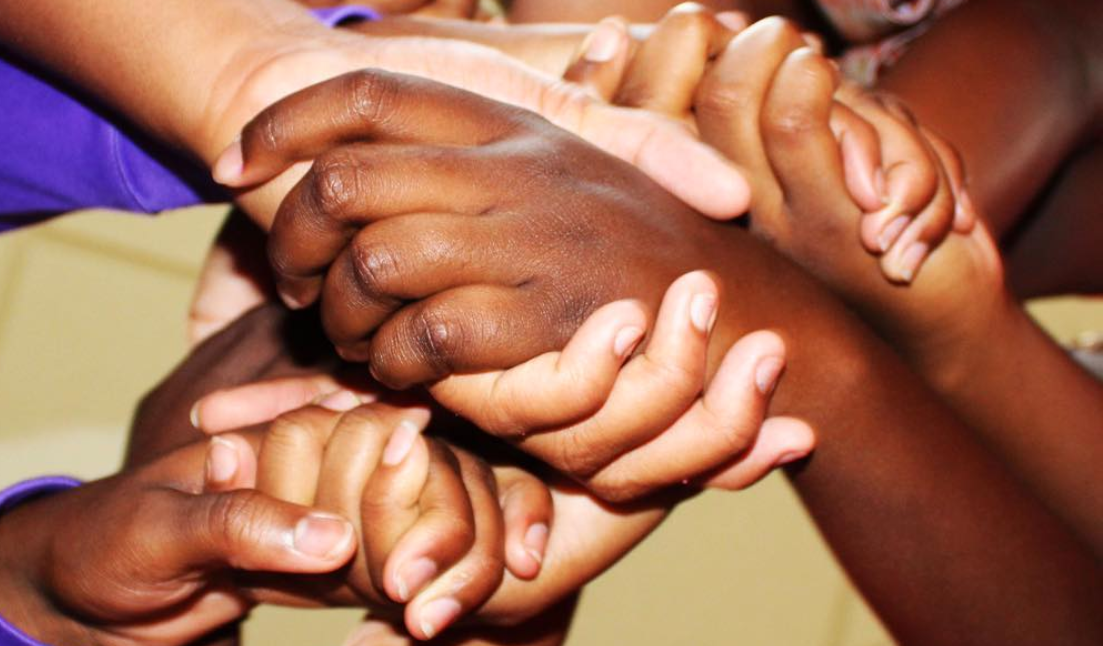This project has widened my perspective on the experiences of girls in education, especially since I had a very specific educational experience (as I explain below). It has also guided me toward a solution-based approach when researching and discussing urban education. In addition, the grassroots organizations I found demonstrate the true value and efficacy of local solutions.
This project struck a chord with me because of my identity as a girl and as someone who had an extremely girl-centric childhood. I attended a suburban, private all-girls’ school from Kindergarten through 12th grade, grew up with three sisters, sang in all-girls’ choirs, participated in and then became a counselor for my school’s Girls’ Leadership Institute, and am now a mentor for Fostering Female Leadership in Youth at Bowdoin for middle schoolers in Bath, Maine. This progressive yet mainly white, upper-class environment gave me the tools to think about girls’ empowerment in private, suburban educational settings. Because of this privilege, however, I was blind to the world of intersectional struggles that girls face in urban schools.
When I was considering how to frame this issue of girls’ empowerment, I decided to call it a challenge instead of a problem. This project taught me that it is important to see both the concrete, disturbing problems that girls face in urban education and the beauty, power, and solutions that their communities possess. Pathologizing Newark or other cities by reducing them to their problems is ineffective and results in a toxic savior complex. With a realistic conception of these urban communities, their struggles, and their beauty, one begins to see the progress that is already being made by community members. This solution-based perspective led me to find that the most impactful organizations are those in which the leaders have experienced the problems that the target community has faced. SHE Wins Inc. is an example of a successful grassroots organization founded by a Newark girl for Newark girls (“SHE wins inc.,” n.d.). For more information, see the list of grassroots organizations. These grassroots organizations also demonstrate the power of youth; many of these groups were founded by young girls who sought to create a peer education or mentoring program for other girls. In addition, my difficulty in finding genuine grassroots organizations (not astroturfs or charities) showed me how many outsiders seek to fix the problems that they do not understand as well. I, for example, volunteered with my friend in high school who started an organization that provides girls’ leadership workshops in inner-city New Jersey and cities in India. Although cities in New Jersey and India are close to her family and heart, our work there was not technically grassroots, since the mentors (including me) never experienced urban public education. While well-intentioned and effective, my research has shown me that local solutions are more effective, since the community itself only knows exactly what the community needs (an idea that is echoed by the texts we read this semester). This project helped me develop this type of critical thinking about my own life.
In terms of girls’ empowerment in the classroom, I learned more about the specific educational experiences of girls of color. Although I cannot know or fully understand their experiences, I learned about their struggles, challenges and beauty. I also learned about the role of teachers in their educational experiences. My research emphasized the power of pedagogical love, culturally relevant curricula, and role models, especially when it comes to STEM. From my research about why girls do not pursue STEM as much as boys, I discovered by own internalized sexism. I have always had an aversion to STEM, even in very encouraging all-girls environments. Like many of the articles state, this realization helped me discover the biases about STEM professions and the ways that girls are implicitly discouraged from pursuing STEM careers. Despite all of my privilege and girls’ empowerment from a young age, I still avoid STEM. This reveals to me how crucial it is that girls everywhere have the tools and encouragement to pursue STEM.
My most profound takeaway from this project was that girls’ empowerment lies not just in results, but also in the process. In other words, leaders of grassroots organizations, in the style of their leadership, empower girls to raise their voices through peer leadership, mentorship, and discussion. The leaders and mentors themselves find empowerment from empowering other girls. I, myself, have found a deeper sense of empowerment through my research and thinking about girls’ empowerment in urban education.
References
SHE wins inc. (n.d.). Retrieved May 16, 2020, from SHE Wins Inc. website, http://www.shewins.org/
